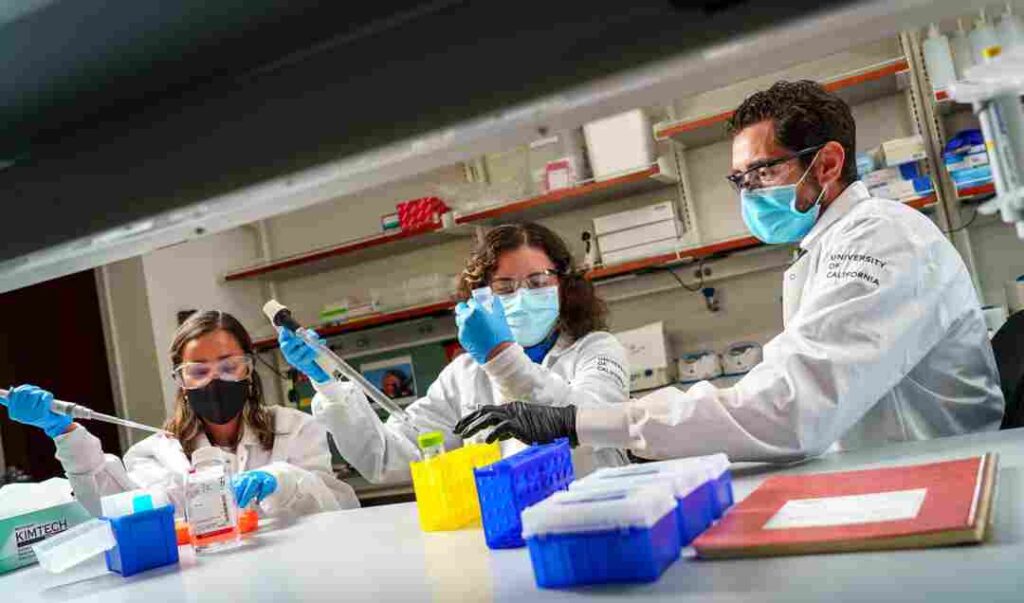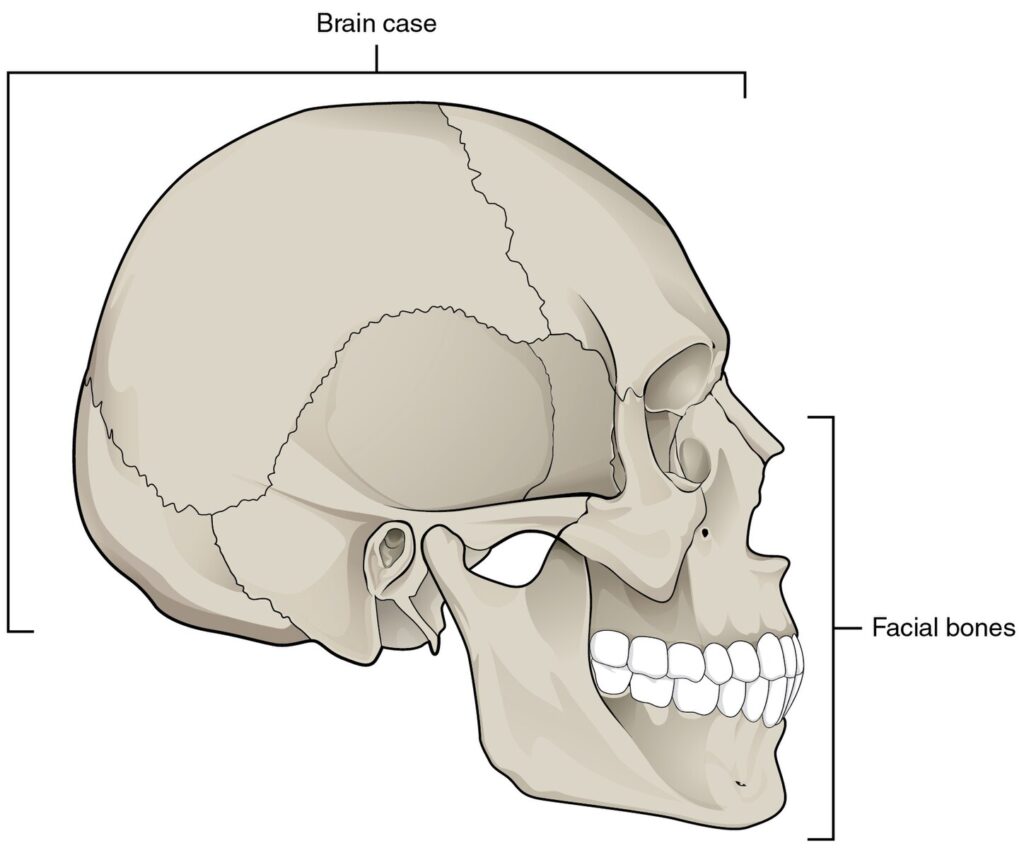Now Reading: Application of Electrophoresis Techniques in Forensic Science
-
01
Application of Electrophoresis Techniques in Forensic Science
Application of Electrophoresis Techniques in Forensic Science
Introduction:
Whenever a crime is committed, trace evidence can be present in a crime scene. A forensic analyst is frequently called upon by investigating agencies to analyze the trace evidence. In past decades, large numbers of tests were discovered for detection of such traces. But most of these chemical and biological tests have drawback that they are nonspecific and hence they are of very little used when employed directly on material. Most of the forensic samples are complex in nature and therefore they required separation of the molecule prior to the analysis. It is necessary to employ such techniques which will resolve the complex mixture into a single component. An electrophoresis technique is one such technique which is used for the separation of molecules. It is an invaluable tool for the separation of forensic samples, particularly when the sample size is very small [1].
Electrophoresis also known as cataphoresis is an electro-kinetic phenomenon based on the differential movement of electrically charged particles in the electric field. It is an analytical method developed by the Arne Tiselius (1937). He discovered the moving boundary technique for electrophoretic separation of substance for which he was awarded with Nobel prize in the chemistry in 1948 [2,3]. Electrophoresis is defined as the migration of colloidal particles through the solution under the influence an electric field. Many important biological molecules such as amino acids, peptides, proteins, nucleotides, nucleic acid, and also the inorganic material (i.e., substances transformable to ionic species) possess ionisable group and therefore, at given pH, exist in a solution as an electrically charged species either as a cations or anions. Under the influence of an electric field these charge particles will migrate either to the cathode or anode, depending on the nature of their net charge [4,5]. These cathode and anode are connected by the conducting medium called an electrolyte. The separation of ionic particles is based on their difference in their velocity (V) which is the product of the Field strength (E) and particle’s mobility (m):
V=mE
The mobility of an ionic particle is depend upon is determined by particle size, shape, charge, and the temperature during the separation. Further mobility is constant during the electrophoretic conditions like current, voltage, power, and the factors ionic, strength, pH value, viscosity and pore size, etc. [6]
All forms of electrophoresis separate charge particles when they are submerged in the buffer solution. Also it requires a power supply and an electrophoresis unit commonly referred to as electrophoretic chamber. The power supply provides the electric current to the chamber that propels the electrophoretic separation. The chamber contains two opposite electrodes, a cathode and anode and a buffer solution reservoir, in which the sample and separation thereof take place. The used of power supply and an electrophoretic unit is also required by all types of electrophoresis. However different format necessitates specific equipment for the setting up of the separation process [7]. Along with this equipment all types of electrophoresis require separate detecting system as separation of particle is not visible to human eyes. For example in case of gel electrophoresis the gel documentation system is used to visualize the separation of molecule [8].
Types of Electrophoresis:
Paper Electrophoresis: This is a basic version of electrophoresis in which a a filter paper like chromatography paper having uniform pore size and slight adsorption capacity is used as supporting medium for the separation of molecules under the influence of electric field.
Affinity Electrophoresis: This technique is based on changes in the electrophoretic pattern of molecules through bio-specific interaction or complex formation. Thе interaction or binding of a molecule, charged or uncharged, usually changes the еlеctrophorеtic properties of a molecule.
Capillary Electrophoresis: Capillary electrophoresis is used to separate ionic species based on their size: charge. It is a relatively new technique and has the ability to separate both charged and non-charged molecules.
Gel Electrophoresis: This involves the use of gel as supporting media for the separation of biomolecules under the influence of electric charge. Electromotive force generated across the electrode pulls the biomolecules through the gel matrix. The negatively charged molecule moves towards the anode and vice versa. This technique may be used as preparative technique to partially purify molecules prior to the used of other methods like mass spectrometry, PCR, immune-blotting and DNA sequencing Gel electrophoresis is furthered classified in agarose gel electrophoresis, pulse gel electrophoresis, SDS page electrophoresis [5,9].
Application of Electrophoresis in Forensic Science:
Separation of nucleic acid and proteins: There are several different types of electrophoresis, but one of the most common forms used in the laboratory application is Gel Electrophoresis. It is powerful analytical tool which has proven suitable for the separation, identification and analysis of biomolecules like DNA, RNA, and proteins [10]. Among the different forms of electrophoresis Agarose gel electrophoreses has been mostly used for the separation of the DNA fragments. As DNA has a uniform mass/charge ratio, DNA molecules are separated on the basis of size of fragment and the rate of migration of fragments depends upon the molecular weight of the fragment. So agarose gel electrophoresis has most widely used tool in the DNA fingerprinting via analysis of PCR products [11,12].
Though agarose gel electrophoresis has long been established as the standard separation methods for DNA fragments Capillary electrophoresis has proved to be rapid and highly efficient alternative for personal identification and paternity testing. Capillary electrophoresis along with the crossed linked polyacrylamide gel has been used for the separation of DNA fragments [13].
Electrophoresis can also be used to analyze proteins including those found in human blood. Unlike DNA and RNA protein molecules do not contain any charge. So to impart the charge the protein sample must be treated with a detergent called as sodium dodecyl sulphate. This causes the protein to unravel and also imparts the negative charge onto it. As soon as the protein becomes negatively charged it starts migrating toward the positive electrode. So this help in finding any abnormal substance injected in the victim’s body or specific diseases in the suspects [14].
Analysis of Explosives Compound and Residue: Capillary electrophoresis play an important role in the trace analysis of organic and inorganic gun-shot residue and explosives. Capillary electrophoresis is specifically used for the inorganic explosives residues. Organic components of gunpowder like nitroglycerin, diphenylamine, and ethylcentralite can be analyzed by using Miceller Electro kinetic Capillary chromatography (MEKC) [13,15] .
Analysis of Drugs of abuse: Different biological samples like tissue, organs, hair, nails, and body fluids like blood, urine, and saliva are most important in detecting illicit drug. Various capillary electrophoresis assays have been developed for the analysis of illicit drugs like cocaine morphine from different biological samples. [16,17]
Ink Analysis: Verification and authentication of printed and handwritten documents required the analysis of ink in order to identify the writing tool used in the commission of crime. As the different ink contain different components having ing property, separation techniques can be used to analyze such components. The micellar electrokinetic chromatography mode of Capillary electrophoresis can help in analyzing such components of inks. This technique can separate not only the ionic dyes but also the neutral dyes and pigments present in the inks [18].
Conclusion: From the past decades, electrophoresis has been demonstrated to offer an accurate and effective approach for the separation of the large variety of substances. Electrophoretic analysis has been widely used in the different discipline of forensic science for the analysis of trace evidence.
References:
- Iyengar, N. (1959). Applications of Electrophoresis Technique In Forensic Science. Current Science, 28(8), 316-319.
- Singh, G., & Walia, S. (n.d.). DNA Gel Electrophoresis. e-PGPathshala. Retrieved December 15, 2020, from https://epgp.inflibnet.ac.in/Home/ViewSubject?catid=16/
- Electrophoresis: Principle and types. (n.d.). BrainKart. Retrieved December 15, 2020, from https://www.brainkart.com/article/Electrophoresis–Principle-and-Types_34123/
- Wilson, K., & Walker, J. (2010). Electrophoretic techniques. In Principles and techniques of biochemistry and molecular biology (pp. 399-432). Cambridge University Press.
- Gambhir, G., & Gautam, A. (n.d.). Electrophoresis. e-PGPathshala. Retrieved December 15, 2020, fromhttps://epgp.inflibnet.ac.in/epgpdata/uploads/epgp_content/S000016FS/P001352/M026975/ET/1516862256FSC_P4_M34_e-text.pdf
- Fritsch, R.J., Krause, I. (2003). Electrophoresis. Encyclopedia of Food Sciences and Nutrition (Second Edition), Academic Press.
- Wilson, K., & Walker, J. (Eds.). (2010). Principles and techniques of biochemistry and molecular biology. Cambridge university press.
- Jorgenson, J. W. (1986). Electrophoresis. Analytical Chemistry, 58(7), 743A-760A.
- A Parmar, P. (2016, May 16). Electrophoresis: Meaning, definition and classification (With diagram). BioTechnology Notes. Retrieved December 16, 2020, from https://www.biotechnologynotes.com/electrophoresis/electrophoresis-meaning-definition-and-classification-with-diagram/293
- Electrophoresis and DNA Forensics. (n.d.). Flinn Scientific. Retrieved December 16, 2020, from https://www.flinnsci.com/api/library/Download/28e2c35f11be4eae831edbdb4da1f3ee
- Yılmaz, M., Ozic, C., & Gok, İ. (2012). Principles of nucleic acid separation by agarose gel electrophoresis. Gel Electrophoresis–Principles and Basics, 33.
- Lee, P. Y., Costumbrado, J., Hsu, C. Y., & Kim, Y. H. (2012). Agarose gel electrophoresis for the separation of DNA fragments. JoVE (Journal of Visualized Experiments), (62), e3923.
- Tagliaro, F., & Smith, F. P. (1996). Forensic capillary electrophoresis. TrAC Trends in Analytical Chemistry, 15(10), 513-525.
- Electrophoresis as a tool in forensics. (2018, December 17). News-Medical.net. Retrieved December 16, 2020, from https://www.news-medical.net/life-sciences/Electrophoresis-as-a-Tool-in-Forensics.aspx
- Cruces-Blanco, C., Gámiz–Gracia, L., & Garcia-Campana, A. M. (2007). Applications of capillary electrophoresis in forensic analytical chemistry. TrAC Trends in Analytical Chemistry, 26(3), 215-226.
- Tagliaro, F., Poiesi, C., Aiello, R., Dorizzi, R., Ghielmi, S., & Marigo, M. (1993). Capillary electrophoresis for the investigation of illicit drugs in hair: determination of cocaine and morphine. Journal of Chromatography A, 638(2), 303-309.
- Cruces-Blanco, C., & García-Campaña, A. (2012). Capillary electrophoresis for the analysis of drugs of abuse in biological specimens of forensic interest. TrAC Trends in Analytical Chemistry, 31, 85-95. https://doi.org/10.1016/j.trac.2011.06.019
- Mania, J. & Madej, Katarzyna & Kościelniak, Paweł. (2002). Inks analysis by capillary electrophoresis – Analytical conditions optimisation. Chemia Analityczna. 47. 585-594.









